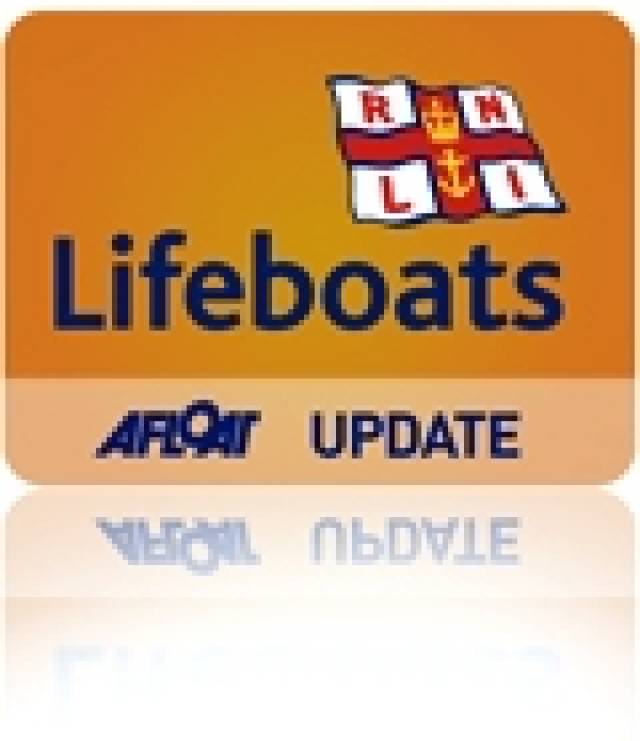#RNLI - Life for the RNLI’s volunteer lifeboat crews doesn’t stop when they come ashore from a call-out. Once the lifeboat is safely back at anchor, the crew then attend training which ensures that each crew member can carry on saving lives at sea.
The Arranmore RNLI Lifeboat crew are currently attending a first aid course at their lifeboat station on the west Donegal island. Such competence-based training (or CBT) is an integral part of each crew member’s role in their life aving work on the lifeboats.
Each crew member can avail of training in various disciplines including navigation, boat handling, communications and at present first aid.
According the RNLI, the organisation prides itself on providing the best possible training for each crew member and is continually engaged in research to provide best practice for saving lives at sea.
Casualty care is a crucial link in the search and rescue (SAR) chain that allows lifeboat crews to save lives at sea. Having utilised their previously learned skills to save lives and rescue casualties at sea, continued training assists crew members to provide casualties with the best possible chance of survival, often in a hostile, unforgiving environment and many miles from professional hospital-based care.
Maritime SAR medicine is a specialised field, and the RNLI provides a bespoke course that prepares crew to manage any emergency encountered in the operational field of the RNLI.
The first aid course being provided to RNLI crew members throughout Ireland and the UK at the moment is specifically designed to depart as far as practical from the mainstream occupational first aid courses and focus on providing crew members with the maximum amount of knowledge to deal with emergencies at sea.
The training has a hands-on approach rather than complex theory or diagnosis, and empowers crew members to confidently and competently treat casualties. This approach is reinforced by a unique treatment check card, which takes the guesswork out of treating casualties.
The type of emergencies lifeboat crews deal with are, at a basic level, similar to emergencies one encounters on shore, and can involve loss of limbs, burns, breathing difficulties and heart problems - but are sometimes many miles from a mainland hospital, and only the expertise of the lifeboat crew (without having to rely on memory, because of the card reference system operated by the RNLI) can mean the difference between life and death.
The course is accredited by the RNLI Medical and Survival Committee and the Trauma and Critical Care Group, and is approved by the Royal College of Surgeons and the paramedic department. The system itself is highly regarded by many other emergency services as it is being continually reassessed and upgraded.
The course is delivered at a time and place, usually at the local lifeboat station, that’s convenient to crew members and is the last of this course to be delivered prior to the next upgrade in January 2014. The new changes will include a portable stretcher that can be accommodated in the smaller class inshore lifeboats; the introduction of the use of drugs to alleviate breathing difficulties; the use of more user-friendly check cards; and the reassessment of the treatment of head injuries at sea.
RNLI trainer Trevor Stevens said: “The training which crew members receive is specially designed so that each crew member is guided by the same protocols no matter where, within the spectrum of the RNLI, they operate.
“We are confident that our voluntary crew can competently deal with any emergency, large or small to a high standard and it is the aim of the RNLI to provide the best possible training to our voluntary crew.”































































